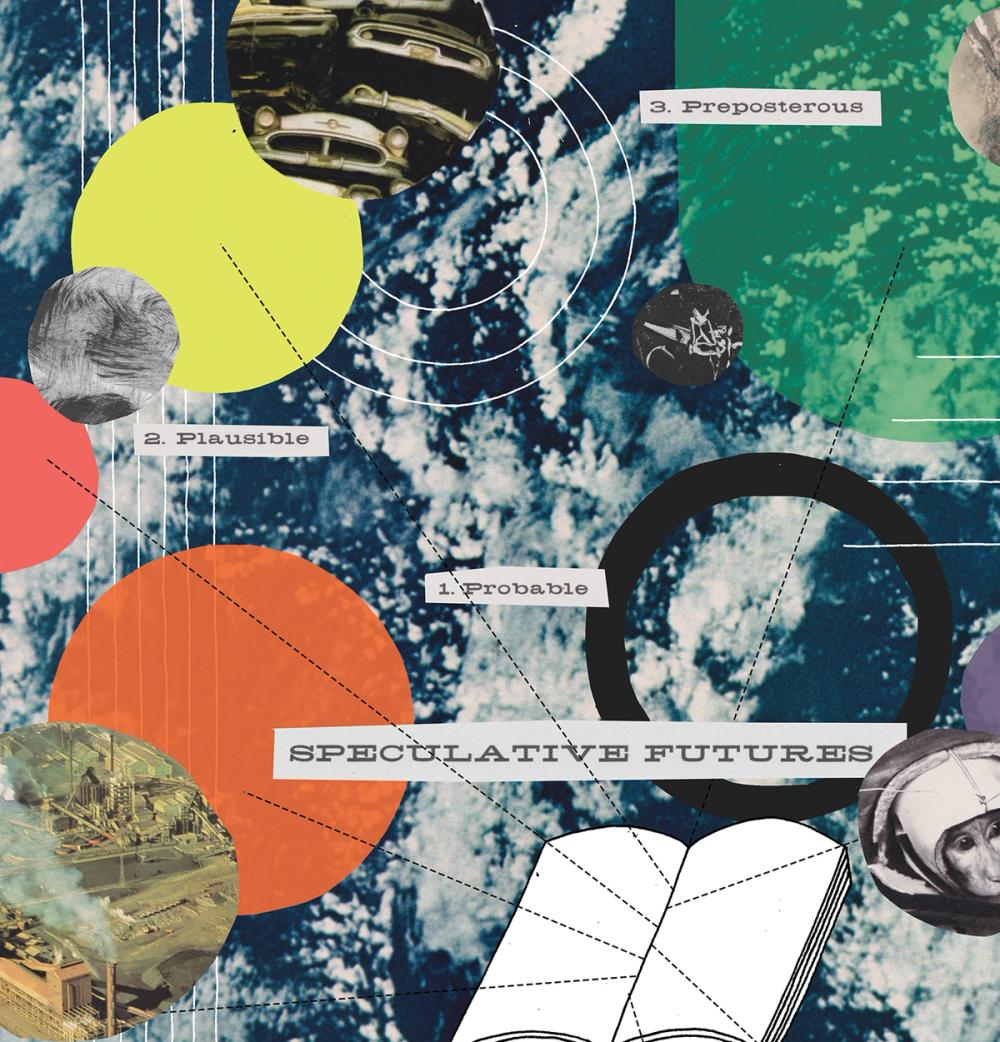More Reads
Squinting at Mountains: a review of Zsuzsanna Gahse's Mountainish
Jemima Skala explores the way we think about mountains, through the lens of Mountainish by Zsuzsannah Gahse, which won the Swiss Grand Prix for Literature and was recently translated into English. Drawing on other giants of mountain literature, such as Nan Shepherd, Skala examines the way that mountains become diffuse with experience, melding the 'human' and the 'natural'.
By Jemima SkalaKeep readingRe-Imagining the Future: encouraging diverse visions of social and environmental justice
In this legacy article, first published in short form in our third issue, Lola Young, Baroness of Hornsey explains how storytelling can help tackle intertwined social and environmental issues, encouraging innovative solutions from marginalised voices. Lola Young has worked extensively with charities, organisations, and parliamentary groups to tackle issues ranging from modern slavery and Transparency In Supply Chains (TISC) to climate change, and diversity within the environmental movement.
By Lola YoungKeep readingClimate Reading Round-up 2024
We reached out to various people in the climate space to ask them what they’ve been reading in 2024. Featuring recommendations from Venetia La Manna, Joycelyn Longdon, Adrienne Buller, James Meadway, Ashish Ghadiali, Diyora Shadijanova, Guppi Bola, Nonhlanhla Makuyana and many, many more. Compiled by Martha Dillon.
By Martha DillonKeep reading
